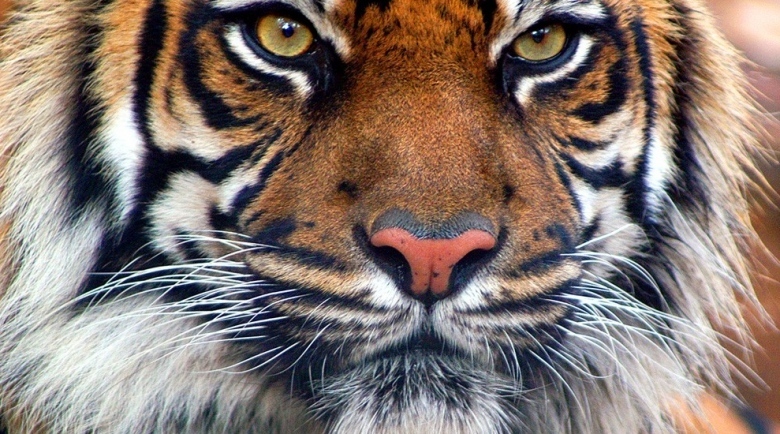
The history of life on Earth is punctuated by what researchers call the “Big Five” mass extinctions, a group that includes the dinosaur-killing Cretaceous-Tertiary extinction and several other, even more severe, events. Many scientists now want to add a sixth: the one that humans are causing all over the globe today.
But it’s hard to gauge just how severe the current extinction crisis is, compared with others in Earth’s sometimes tumultuous history. Modern extinctions are documented, sometimes in real time. But the Big Five are measured using only the fossil record, a history of those species that were buried and preserved by sediments over time.
That’s why Roy Plotnick, a paleontologist at the University of Illinois and lead author of the study, thinks about far-flung scenarios involving future paleontologists. “We really need to look at modern day extinctions as if they were in the fossil record already, in order to make a comparison,” he says.
So he and his colleagues searched fossil databases for modern mammal species, both those threatened by extinction and those that aren’t, to see how many modern extinctions would be detectable by relying only on fossils.
Humans have recorded fossils for just 9% of the world’s threatened modern mammal species, the team reports this month in Ecology Letters. Nonthreatened mammals are twice as likely to show up in fossil databases at about 20%. That bias may distort our understanding of ancient extinctions, Plotnick says, the species that are most likely to go extinct also appear to be the ones who rarely leave behind a trace. One possible reason for this bias, the team found, is that smaller species are less likely to wind up in the fossil record, as are those with smaller ranges.
Tiny species are less likely to make it through the sedimentary processes that turn remains into fossils, and species with small ranges are less likely to live in the places where those processes happen. Extinctions of those species would then be missing from the fossil record, making future paleontologists underestimate the number of extinctions that are occurring now.
“This takes us closer to making an apples to apples comparison” between the past and the present, says Anthony Barnosky, a paleobiologist at the University of California (UC), Berkeley. He also praises the team’s focus on mammals. Given that much of the knowledge of the Big Five extinctions comes from shelly marine invertebrates, mammals might seem like an odd choice. But thanks to their often cute and fuzzy nature, they attract lots of study, so scientists have a much better sense of which ones are threatened.
“In this case you really can calibrate the modern record against the fossil record,” Barnosky says. But he cautions that the authors’ results may vary depending on where they choose to draw the line between “threatened” and “nonthreatened” mammals, based on categories in the International Union for Conservation of Nature Red List of Threatened Species.
Seth Finnegan, a paleobiologist at UC Berkeley, isn’t surprised at the idea that there is a bias in the fossil record. “What they’ve done is to actually quantify it,” he says. “And to show that the effect is potentially very big.”
So if Earth’s history is full of unseen extinctions, does that mean that humans’ effect on biodiversity might not be that bad after all? Not so, Barnosky says: “This doesn’t in any way indicate that we’re not in an extinction crisis.” And Plotnick agrees. The extinction happening now is unlike anything that’s happened in the past, not just in the numbers of species that are going extinct, but also in the way that it’s happening: It’s being driven by only one species.
